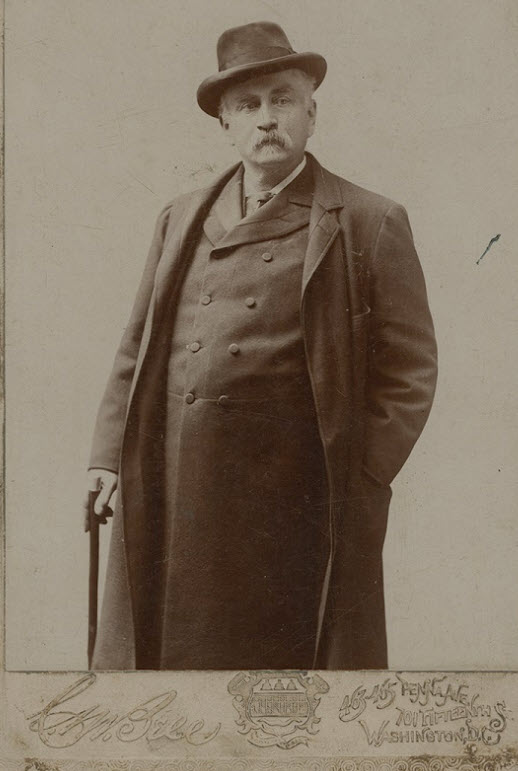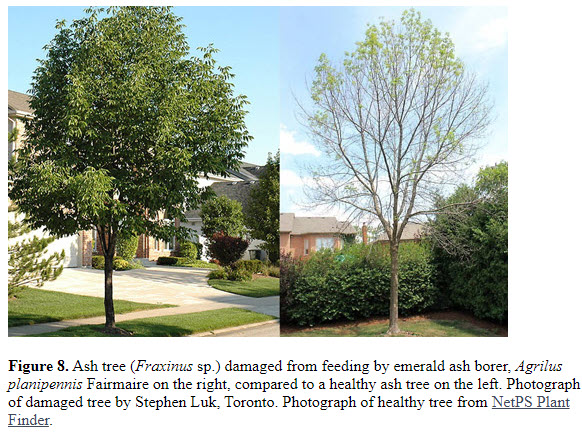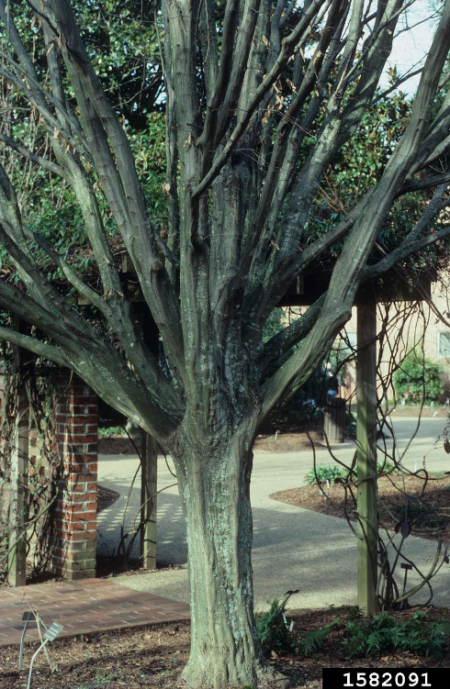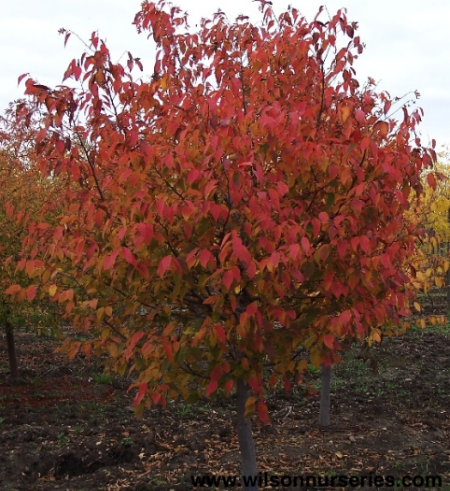Click below to listen to my 2 min. Garden Bite radio show/podcast: Arbor Day 2023, diversity and the Musclewood tree
As mentioned yesterday, tomorrow is Arbor Day. Celebrated on the 4th Friday of April. Nebraska newspaper editor, J. Sterling Morton had an enthusiasm for trees and advocated strongly for individuals and civic groups to plant them. That link gives some differing information on Arbor Day’s origin, nonetheless, it’s “mostly” correct! Ahh, research always leads to more research! 😉

When he became secretary of the Nebraska Territory, he further spread his message and in 1872, Morton first proposed a tree planting holiday to be called “Arbor Day” at a meeting of the State Board of Agriculture. The celebration date was set for April 10, 1872. Prizes were offered to counties and individuals for the largest number of properly planted trees on that day. It’s estimated that more than 1 million trees were planted on the first Arbor Day. This is disputed! Now all 50 states participate. Here’s more from the Arbor Day Foundation.
As we celebrate, let’s remember to consider diversity in planting of trees. With Emerald Ash Borer we are once again losing a vast majority of our boulevard trees, soon they’ll be naked. Cities are now offering multiple choices for replacements. Here’s more information.

One alternative to add to the mix is called Musclewood or Blue Beech or American Hornbeam.

It’s native from Minnesota to the east coast. It grows well in shade and can be used as a small shade tree, an accent or specimen plant.

Seeds, buds, twigs, and leaves are food sources for songbirds and small wildlife. And, bonus, deer don’t care for it. It can be grown as a large shrub, a single-stemmed tree, or a multi-stemmed tree that provides multiple seasons of interest. A cool feature is the fluted appearance of wood on trunks and branches that look like a flexed muscle and smooth bluish gray bark. Winter interest is provided by male flowers called catkins that dangle from branches over the winter before blooming in May. Female catkins appear in spring that result in unique hop-like fruit.

